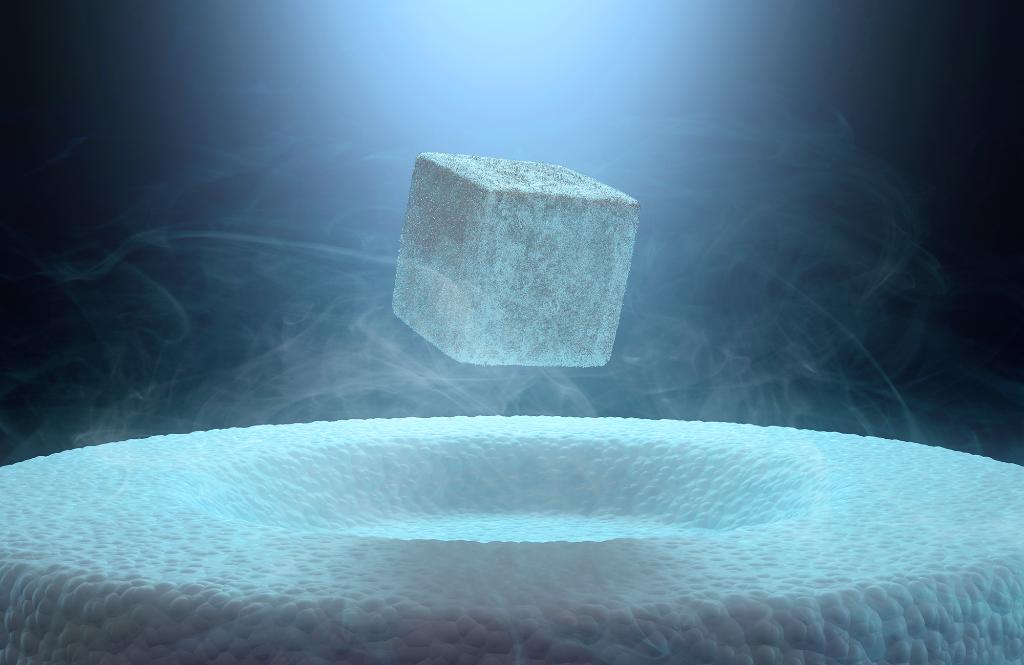What is superconductivity and how it has been achieved for first time

What is Superconductivity?
The phenomenon of moving charge through a material without resistance is called Superconductivity.In theory, this allows electrical energy to be transferred between two points with perfect efficiency, losing nothing to heat.
Why are superconducting materials important?
In an ideal world, we'd all have superconducting materials wired into our electronics and power grids, saving huge amounts of energy and allowing us to cram circuits into confined spaces. Unfortunately, there's a catch. Most superconducting materials only have this useful function at temperatures of just above absolute zero, where atoms barely move.
How does superconductivity work?
These cold superconductors typically work by allowing electrons to overcome their usual repulsion to each other and snuggle closer together to form what are known as Cooper pairs.In this low energy state the identity of each individual electron becomes less certain. This allows them to slip through the crowd of atoms with ease.While most superconducting materials are metals, there are unusual exceptions. Some require extra elements to be added to 'dope' the material, and work in subtly different ways that defy existing theories.
How it has been achieved, for the first time at room temperature?
In a major milestone for science, a group of physicists at the University of Rochester in New York have discovered a material that can efficiently conduct electricity at room temperature.
The hydrogen, carbon and sulphur compound operates as a superconductor at up to 15 degrees Celsius, as reported by Quanta Magazine and the BBC. The findings have been reported in detail in the popular journal Nature.
The BBC quotes Dr Ranga Dias, from the University of Rochester, as saying, “Because of the limits of low temperature, materials with such extraordinary properties have not quite transformed the world in the way that many might have imagined.
“However, our discovery will break down these barriers and open the door to many potential applications.”
The scientists behind the phenomenal discovery call it a massive leap in a pursuit that has lasted more than 100 years.
“This is the first time we can really claim that room temperature superconductivity has been found,” Ion Errea, a condensed matter theorist at the University of the Basque Country in Spain who was not involved in the work, was quoted as saying by Quanta. The magazine also quoted Chris Pickard, a materials scientist at the University of Cambridge, as remarking, “It’s clearly a landmark. That’s a chilly room, maybe a British Victorian cottage.”